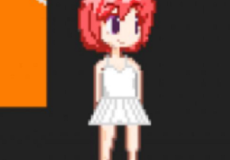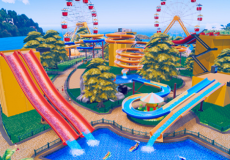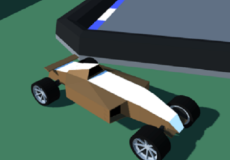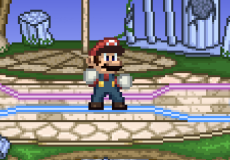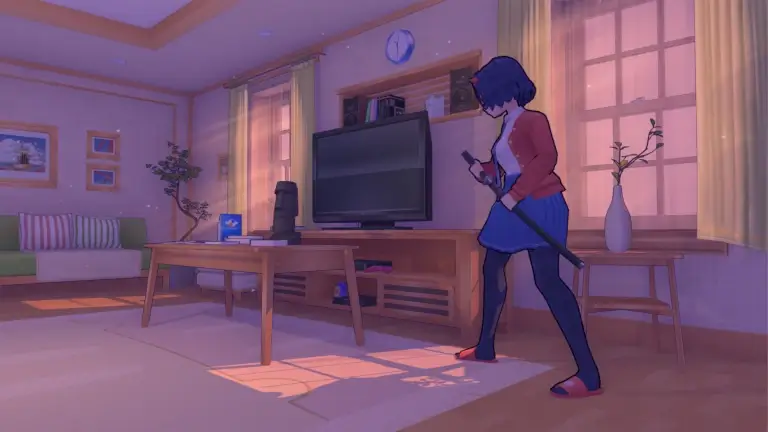

Floating Sandbox
Advertisement
Floating Sandbox is a physics-based ship simulation game focused on structural destruction and buoyancy modeling. The player controls the environment, manipulating forces such as gravity, pressure, and impact to observe how ships and other floating structures behave. The simulation runs in real time, tracking every segment of the vessel as it bends, breaks, or sinks. Instead of traditional goals or missions, the experience centers on experimentation and observation. The system provides tools for creating, modifying, and testing ship designs under various conditions.
Advertisement
Similiar games
Floating Sandbox is a physics-based ship simulation game focused on structural destruction and buoyancy modeling. The player controls the environment, manipulating forces such as gravity, pressure, and impact to observe how ships and other floating structures behave. The simulation runs in real time, tracking every segment of the vessel as it bends, breaks, or sinks. Instead of traditional goals or missions, the experience centers on experimentation and observation. The system provides tools for creating, modifying, and testing ship designs under various conditions.
Simulation Structure and Interaction
Floating Sandbox operates on a particle-based simulation model. Every object is made up of small nodes connected by springs that represent structural material. These nodes react individually to forces such as waves, collisions, or explosions. The player can introduce elements like storms, cannon fire, or underwater detonations to see how the ship reacts. Each scenario behaves differently depending on design strength and environmental settings. By adjusting density, wave height, or material type, the player can study the difference between stability and collapse.
Main tools and adjustable systems include:
· Wave and wind control to test sea conditions
· Explosion and impact generation for damage testing
· Gravity and buoyancy adjustments for different environments
· Material editing to modify ship durability
· Custom ship creation or import of existing designs
These components form a flexible structure where each change affects the entire simulation in measurable ways.
Design Logic and Customization
In Floating Sandbox, creativity and physics interaction combine. Players can design their own vessels using built-in editor tools or load community-created blueprints. Each design can be modified by changing scale, compartment layout, or material type. The program calculates stress distribution in real time, meaning that even minor design flaws can cause catastrophic failure under heavy load. This creates a feedback loop—design, test, and refine—where structural efficiency becomes the primary objective. Because every action is reversible, experimentation is encouraged without penalty.
Discuss Floating Sandbox













